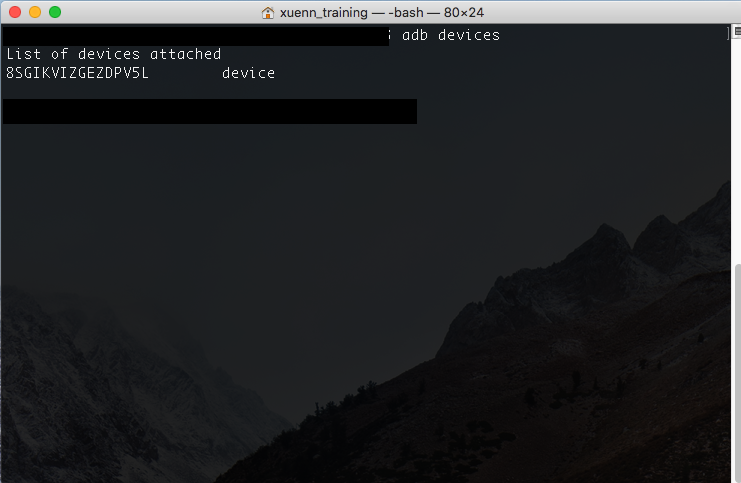

An Inspector that you can use to look at your app's elements, get basic information about them, and perform basic interactions with them.You also don't need to use Node/NPM to install Appium, as the Node runtime comes bundled with Appium Desktop. You can set options, start/stop the server, see logs, etc. You can save this desired capability for next time for quick access. After providing the desired capabilities in Appium Inspector, you can start the session.
#Download appium for mac mac os x

Appium Desktop is an application for Windows, Macintosh and linux OS.
#Download appium for mac how to
How to Download and Install Appium Desktop on Win and Mac.

Step 3: After downloading the exe file, double click on the downloaded file to run. So, click on the file as shown in below screenshot. Step 2: For Windows OS, download the exe file of Appium desktop setup.It is a combination of a few Appium-related tools: With the deviceBridge™ client, testers can connect devices to a remote Appium server running on a Mac with attached iOS devices.Appium Desktop is an open source app for Mac, Windows, and Linux which givesyou the power of the Appium automation server ina beautiful and flexible UI.
#Download appium for mac for mac
Automation for Mac Desktop Applications Appium isn’t limited to. There could be permission issues so you need to make sure you are doing the configuration properly and all under one user. You can however use the Remote Server option to connect to an Appium server running on a Mac.”įor testers working in a mostly Windows environment, Mobile Labs has many support options. You must run the Appium Desktop and commands from cmd using the specific user. The Applitools Eyes Appium Python SDK allows you to easily add visual. Steps to start with Appium Inspector on Mac machine:-Step 1) Download and start your Appium server with the default IP Address 0.0.0.0 and the port 4725. Download and configure JFrog Artifactory Following are the steps to download and.

However, UIAutomator viewer can be used as an option for Inspecting elements. In the case of Appium, the requirement for a Mac lies in Apple’s UI Automation, which means that the Mac OS X version of Xcode must be installed, and as is stated succinctly in the Appium documentation in notes for both Windows and Linux, “You will not be able to test iOS apps on a server, because Appium relies on OS X-only libraries to support iOS testing. In Windows, it launches the Appium Server but fails to inspect elements. Luckily, Mac servers come in some very affordable, yet powerful, packages like the Mac Mini. This is because Xcode and its capabilities are only produced and licensed for use on OS X, the Mac’s operating system. So why the need for a Mac? Just as Mobile Labs has done with deviceConnect™ (the server in deviceConnect runs on a Mac computer system), companies and open-source projects alike who want to utilize the capabilities that Apple provides need to connect iOS devices to a Mac.


 0 kommentar(er)
0 kommentar(er)
